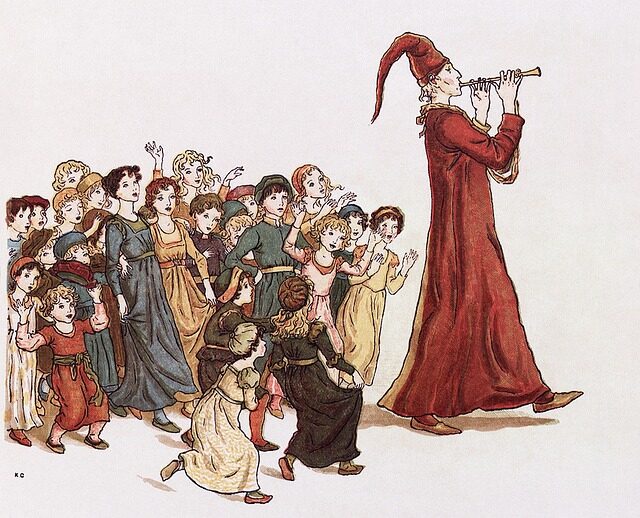Viking Lore: Understanding Norse Sagas and Their Significance
The Norse sagas, intricate tapestries of prose stitched through time, remain as vivid narratives that bring the ancient Viking Age to life. These literary works, steeped in mythology and history, provide unparalleled insights into the culture and values of the Norse people.
Through the artful blending of fact and fiction, these sagas have transcended centuries to offer a window into the lives, beliefs, and adventures of the Vikings. Now, let us embark on a journey through the sagas to understand their enduring significance.
- What are norse sagas and their significance?
- How are Viking sagas different from other literary works?
- What are the major types of Viking sagas?
- What is the historical context of Norse sagas?
- How were the sagas of Icelanders written and preserved?
- What role did oral tradition play in Viking sagas?
- What is the legacy of Norse sagas in modern culture?
- What are norse sagas and their significance?
- How are Viking sagas different from other literary works?
- What are the major types of Viking sagas?
- What is the historical context of Norse sagas?
- How were the sagas of Icelanders written and preserved?
- What role did oral tradition play in Viking sagas?
- What is the legacy of Norse sagas in modern culture?
What are norse sagas and their significance?
The Norse sagas are a collection of narratives originating from medieval Iceland. Composing a significant part of Viking literature, they are written in Old Norse and detail the historical deeds of the Norsemen as well as legendary events. These sagas encompass a range of tales, from family histories and heroic legends to mythological accounts and more.
By delving into these tales, one gains insight into the importance of Norse sagas within Viking culture. They are not merely stories; they embody the societal norms, laws, and customs of the time. The sagas’ significance extends beyond entertainment, serving as cultural cornerstones that have preserved Norse heritage.

How are Viking sagas different from other literary works?
Viking sagas distinguish themselves through their narration style and content. Unlike other medieval European literature, they often maintain a stoic and succinct tone, focusing on realism and portraying events with a stark objectivity.
The impact of Norse sagas lies in their methodical documentation of genealogies and historical events, which have been crucial in understanding the Viking Age. Additionally, they are unique for their seamless interweaving of fantastical elements with real-life occurrences, blurring the lines between myth and history.
What are the major types of Viking sagas?
The vast compendium of Norse literature can be categorized into several main types:
- The Family Sagas – Sagas of Icelanders that tell the stories of real families and events.
- Legendary Sagas – Blend of history and fiction, often involving supernatural elements.
- Kings’ Sagas – Chronicles of the lives and reigns of Scandinavian monarchs.
- Heroic Sagas – Focused on ancient Germanic heroes, often of a more epic nature.
- Mythological Sagas – These explore Norse gods and the cosmic mythology of the Viking belief system.
The variety reflects the different facets of Norse society and the multifaceted nature of their storytelling tradition.

What is the historical context of Norse sagas?
Written primarily during the 12th and 13th centuries, the Norse sagas developed in a period where Iceland was experiencing a literary renaissance. This was a time when the Norse were converting to Christianity and the sagas often reflect a cultural amalgamation of pagan traditions and new Christian influences.
They provide a mirror reflecting Norse life during their transition from a society of warriors and sea-farers to a more settled and structured civilization. The sagas’ portrayal of voyages, battles, and settlements offer historical knowledge of the Vikings’ expansion across the Atlantic.
How were the sagas of Icelanders written and preserved?
Initially, the sagas were transmitted orally, with skilled storytellers reciting them during communal gatherings. Over time, these stories were meticulously transcribed onto calf vellum manuscripts, a laborious process that preserved them for posterity.
It’s believed that scribe schools existed, where the art of writing these narratives was honed. The preservation of the sagas was also aided by the Icelandic reverence for their cultural heritage, ensuring these manuscripts were safeguarded through turbulent times.

What role did oral tradition play in Viking sagas?
Oral tradition was the backbone of the Viking sagas. The skill of storytelling was highly regarded, with storytellers honing their craft over years of apprenticeship. This oral narrative form ensured the survival of Norse sagas through generations before they were ever written down.
These stories encapsulated the values, beliefs, and customs inherent to the Norse way of life, making them an indispensable part of community gatherings and family traditions. The oral tradition allowed for variations of the sagas to develop, creating a rich tapestry of versions that enhanced their mythic quality.
What is the legacy of Norse sagas in modern culture?
The legacy of the Norse sagas is undeniable, echoing throughout modern literature and media. References to Viking lore can be found in novels, films, and even video games, with characters like Thor and Loki becoming household names.
Moreover, the narrative structures and themes derived from the sagas have influenced countless authors, contributing to the genre of fantasy literature and beyond. The ethical dilemmas and moral complexities within these tales continue to resonate with contemporary audiences, demonstrating their lasting relevance.

To further explore the influence of Norse sagas, let’s watch a video that delves into their captivating world:
In conclusion, the Norse sagas and their significance cannot be overstated. As both historical documents and works of literary art, they offer an invaluable perspective on the Viking world. They are a testament to the intellectualism of the Norse people and a vibrant portrayal of their culture that continues to captivate and educate us today.

